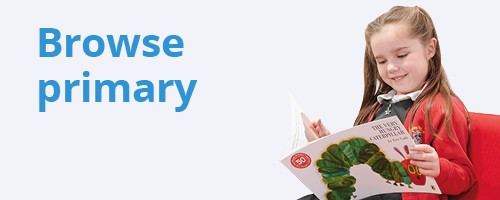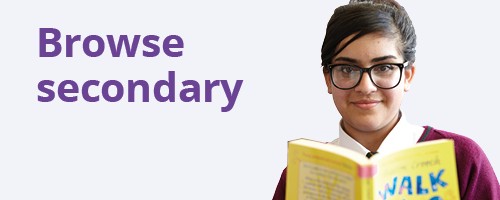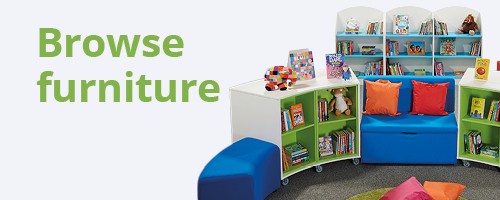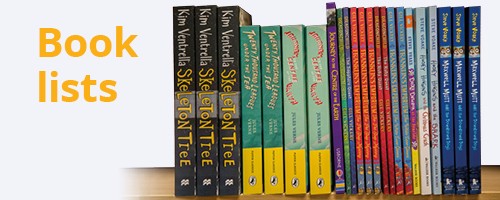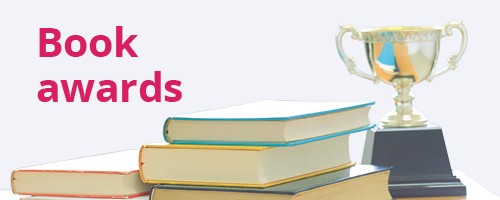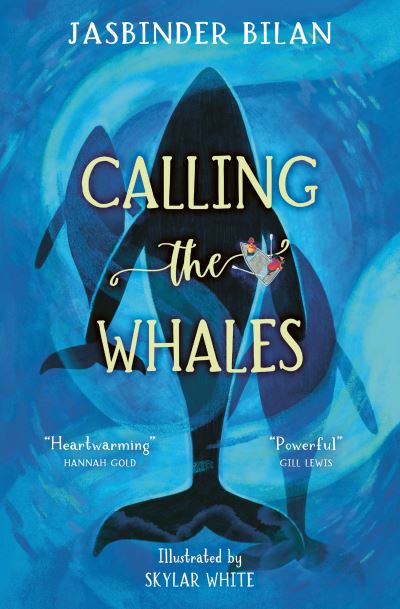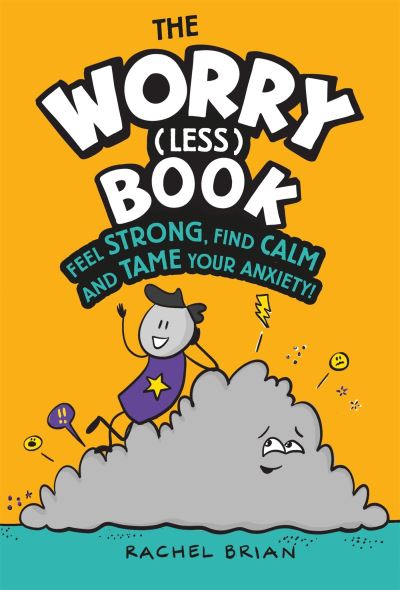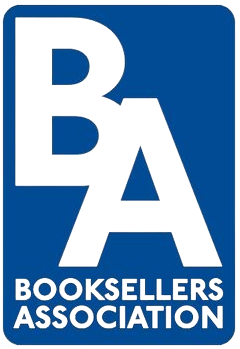Inclusive books for SEND pupils
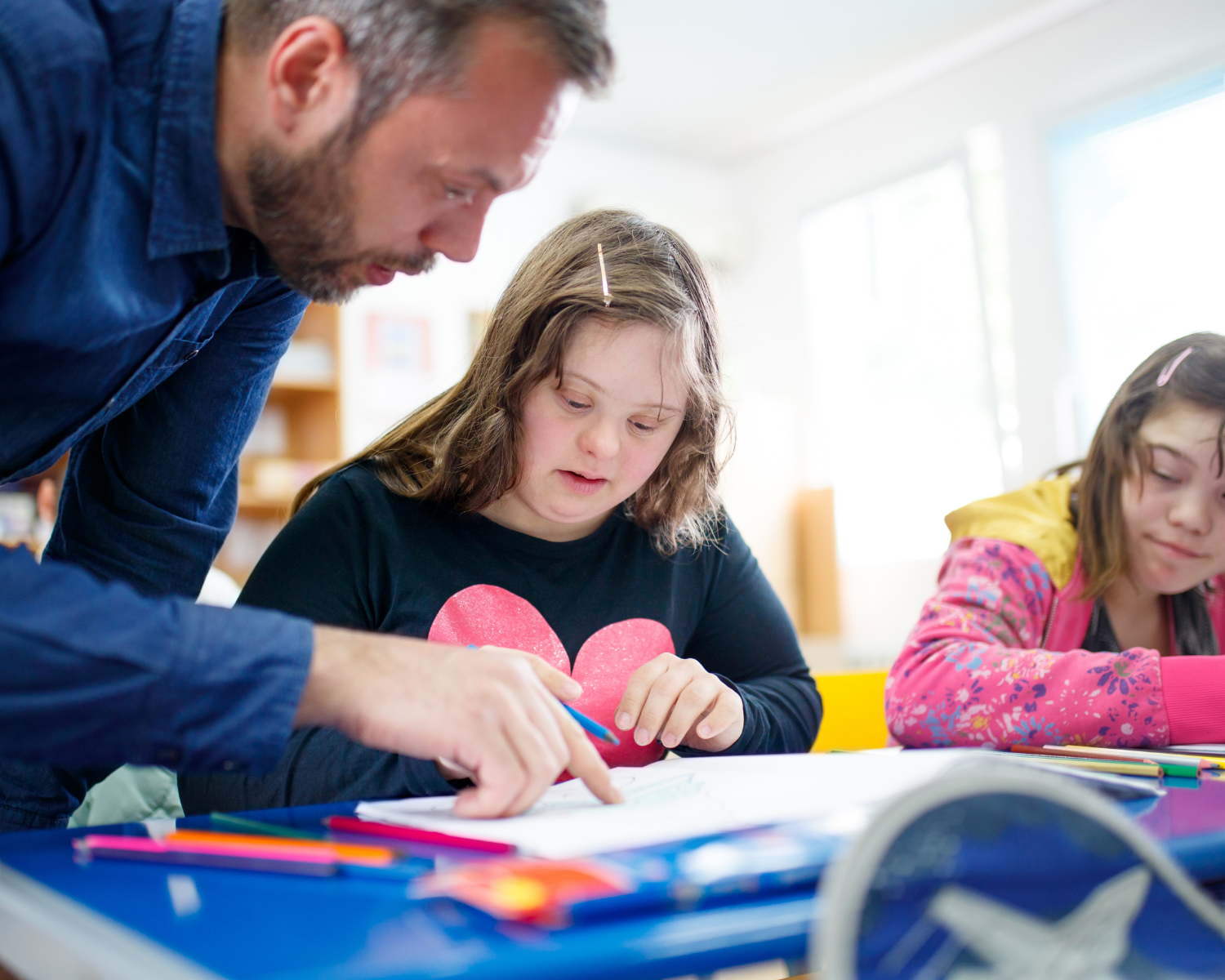
The Department for Education has identified four broad areas of need encompassed by SEND: communication and interaction, cognition and learning, social, emotional and mental health difficulties and sensory and/or physical needs.
The range of need within special educational provision is broad. Some pupils may leave school reading at the level expected for their age while, for others, success may mean reading basic words and text in the world around them with confidence, however every child and young person has the right to an effective and enriching education.
Our team has put together some lists of recommended books to help cater for your pupils with specific needs or difficulties, including sensory books, HiLo texts and books in Braille, as well as books to ensure pupils with special educational needs find themselves represented.
You can browse these lists below. Can't find the books you need? We'd be happy to discuss your school's needs and requirements in depth. Email us at hello@peters.co.uk or call us on 0121 666 6646 to speak to a member of our team.

